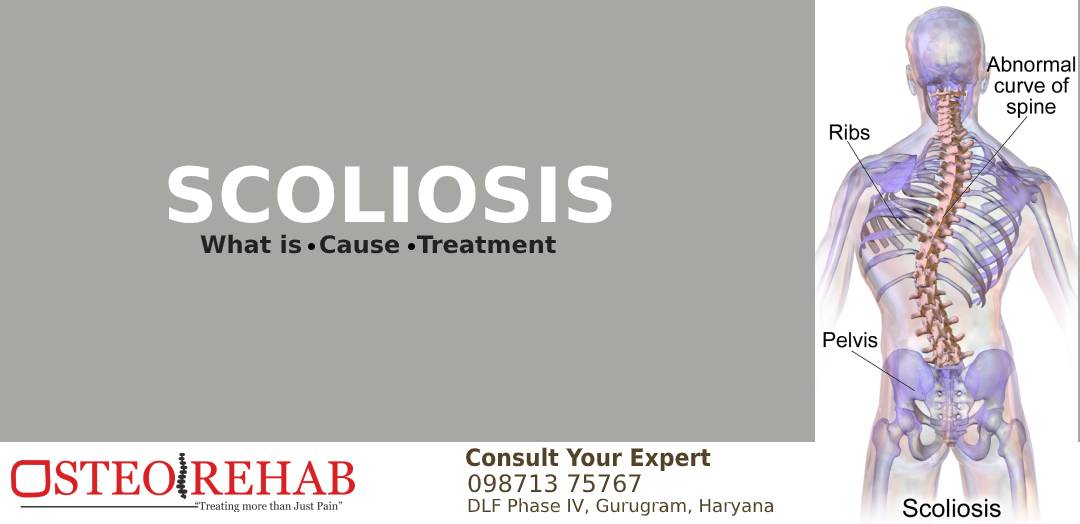
Scoliosis treatment & posture management
Have you recently discovered or told by your Doctor that you have scoliosis?
Then you are in the right place.
So, what is scoliosis?
A scoliotic person will have either a sideways C- or S-shaped curve in the spine.
The type and severity of the curve affect how the condition progresses.
S-shaped curves generally are found in those with idiopathic scoliosis, whereas C-shaped curves are more common among those with neuromuscular scoliosis.
Also, the segment at which the changes occur has an effect on the prognosis.
If the scoliotic changes are in the center part of the spine it is more likely to get worse than a curve in the lower or upper section.
WHAT CAUSES SCOLIOSIS?
- Acquiring a faulty posture for a prolonged period of time
- Muscle imbalance
- In children, it can either be congenital
- As compensation to limb length discrepancy or pain/inflammation in the lumbar region of the spine.
Associated symptoms:
- Low back pain
- Back stiffness
- Pain and numbness in your legs (from pinched nerves)
- Fatigue due to muscle strain
Postural changes
- The ribs on each side may be slightly different heights
- One hip may be more prominent than the other
- The clothes may not hang evenly
- One shoulder or shoulder blade may be higher than the other
- The person may lean to one side
- The legs may be slightly different lengths
Angel Deviation in scoliosis:
- Spinal curvature of at least 10 degrees, measured on an X-ray of the spine, is considered scoliosis. But, this small curve size will not show signs or symptoms.
- When the curve progresses to 20 degrees or beyond, there is an increased chance that the person might notice abnormalities such as clothes hanging unevenly or the body tilting towards one side.
Cobb’s angle:
Method to measure the severity of the curve by identifying upper & lower vertebrae where the upper vertebrae are the highest one whose superior border converges towards concavity of the curve; lower vertebrae is the one whose inferior border converges towards concavity.
Is SCOLIOSIS treatable?
Physiotherapy treatment along with Chiropractic methods definitely can help you reverse the scoliotic changes in your spine and make you functionally more efficient in your day to day activities.
Braces that may help: Thoracolumbosacral orthosis (TLSO) it's designed to fit neatly around the body’s curves and is not usually visible under clothing.
PHYSIOTHERAPY AND CHIROPRACTIC TREATMENT
1. PNF approach – PNF scapular and pelvic patterns combined to elongate the concave side of scoliosis. With PNF we can work on concave and convex, both the sides directly and indirectly.
2. Osteopathic articulation techniques are so helpful in getting the curve back to normal
3. Dry needling: use of dry needling techniques by expert Physiotherapist to relive the pain in the paraspinal region is done.
4. Stretching: stretches the shortened side of your thoracic / trunk region by using advanced stretching techniques.
5. Manipulation and mobilization: of the joints above and below also helps to maintain overall normal body alignment
6. Chiropractic spinal adjustment techniques help in restoring normal spine health and posture.
